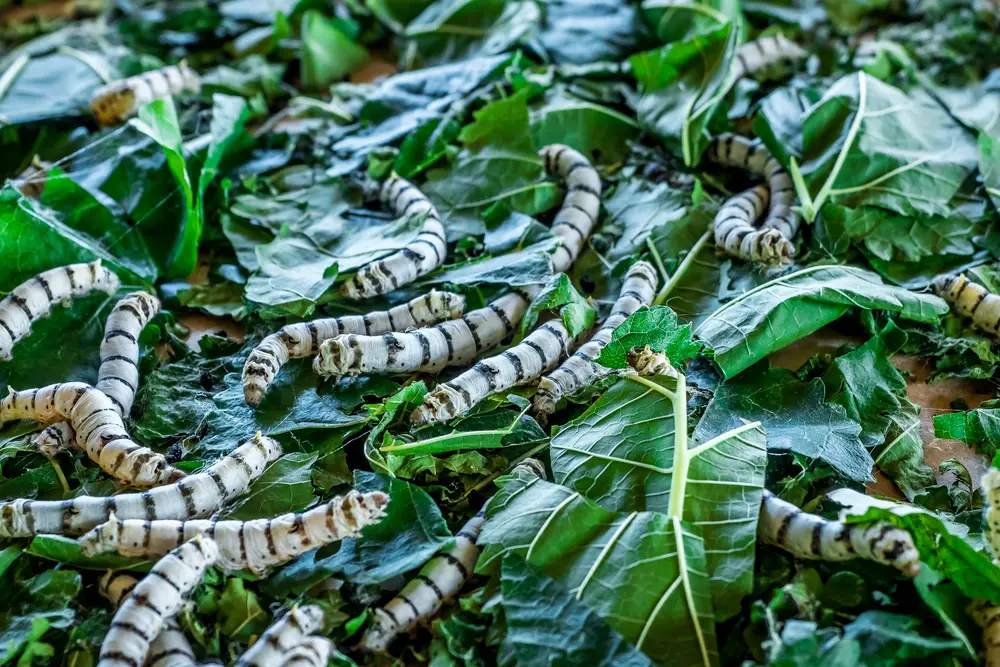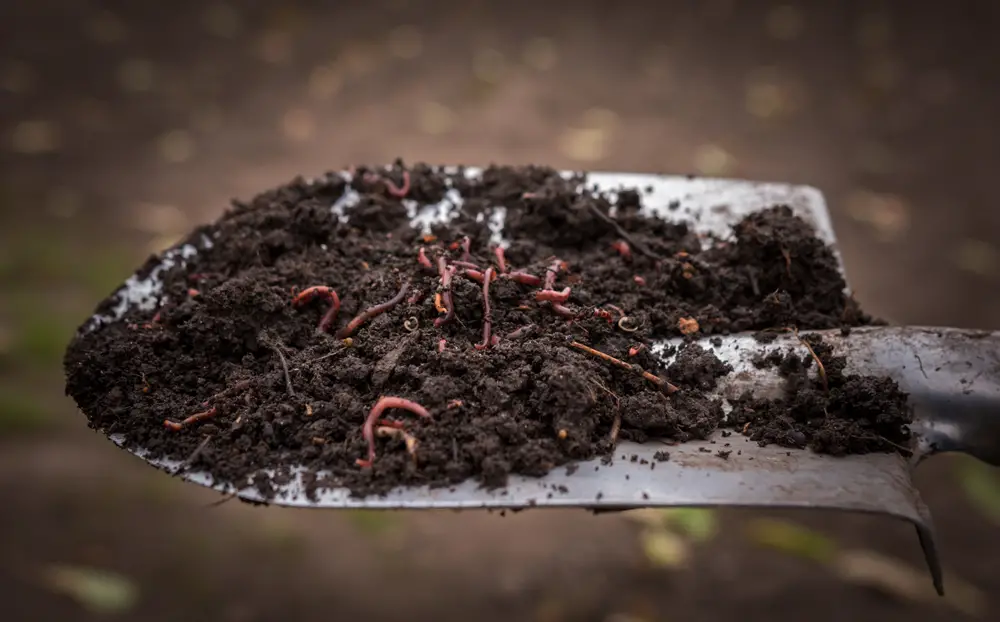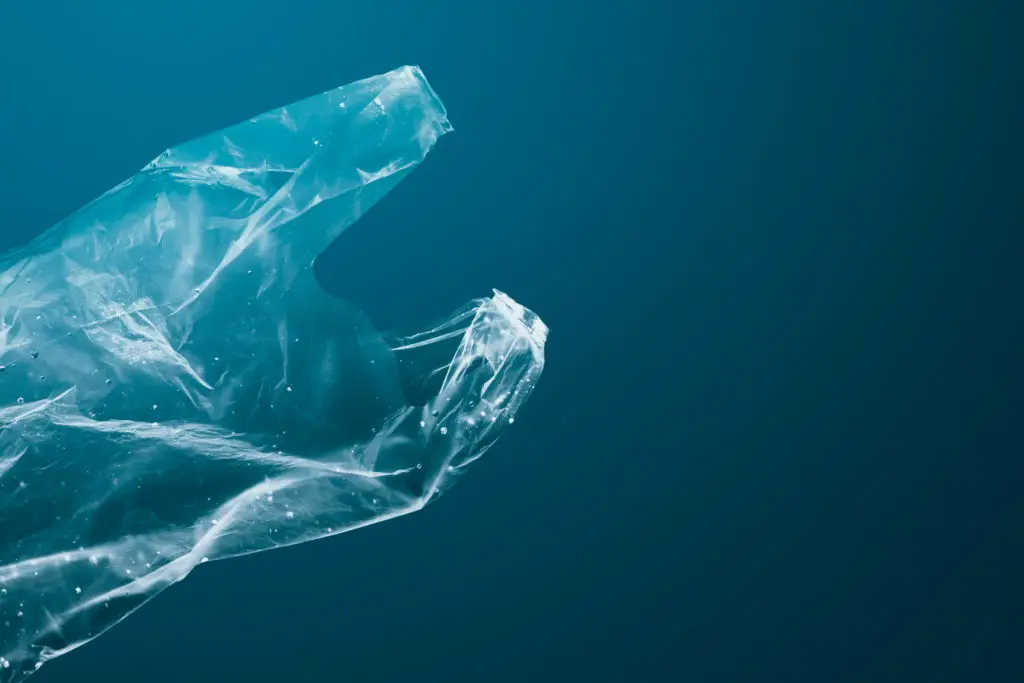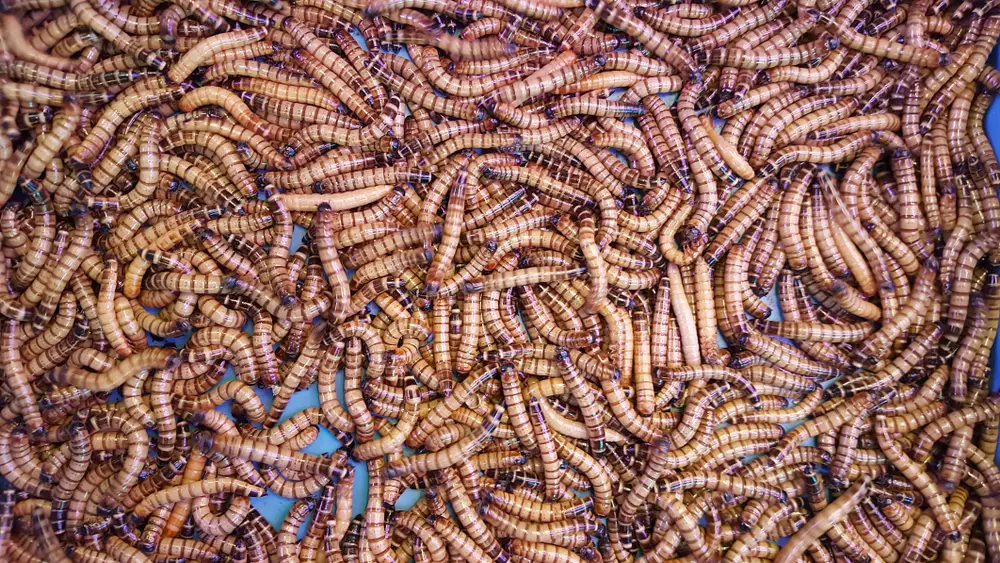Numerous synthetic materials, particularly plastics, pose a significant environmental challenge due to their non-biodegradable nature. Unlike organic substances such as fruit peels, plastics do not naturally break down and assimilate into the ecosystem.
Consequently, discarded plastic items accumulate in landfills, occupying valuable natural space and persisting without decomposition. In the global pursuit of waste reduction, scientists have endeavored to discover effective methods for plastic recycling.
A noteworthy breakthrough emerged from researchers at the University of Queensland in Australia, who identified beetle larvae with the remarkable ability to potentially digest polystyrene, commonly known as styrofoam.
This groundbreaking discovery offers a glimmer of hope for addressing plastic pollution by leveraging nature’s own mechanisms.
The Findings
The findings, detailed in the journal Microbial Genomics, underscore the potential of bio-inspired solutions in mitigating the adverse environmental impact of non-biodegradable materials, showcasing the intricate and often surprising interplay between scientific inquiry and the natural world.

Researchers Discovered A Superworm That Consumes Styrofoam
In a remarkable breakthrough in the realm of environmental sustainability, researchers have identified a species of beetle larvae, scientifically known as Zophobas morio but commonly referred to as superworms, that exhibits the unique capability of digesting plastic through a specialized gut enzyme.
- This discovery, with its potential implications for revolutionizing recycling practices, opens up new avenues in the ongoing quest to address the mounting challenges posed by non-biodegradable materials, particularly plastics.
- The study, conducted by a team of scientists, delved into a comprehensive exploration of the superworms’ plastic-digesting abilities.
- Over a period of three weeks, the researchers subjected three distinct groups of superworms to varied diets: one exclusively composed of polystyrene, another with a diet of wheat bran, and a third group subjected to a fasting regimen.
- The aim was to observe any signs of cannibalism among the superworms, and those in the fasting group were isolated to prevent such behavior. Intriguingly, the superworms fed with bran exhibited a significant improvement in health, doubling their weight over the three-week period.
- The subsequent phase of the study focused on determining whether these larvae would successfully metamorphose into beetles.
- Astonishingly, in the bran-diet group, an impressive nine out of ten superworms underwent this transformation, showcasing a higher success rate compared to the other two groups.
- Furthermore, the beetles emerging from the bran-fed superworms displayed a more diverse gut microbiome, indicating potential correlations between diet, gut health, and developmental outcomes.
What Does This Mean?
Despite the fact that most creatures can’t eat plastic like polystyrene, these superworms showed they could do it surprisingly well. Around two-thirds of the superworms that ate polystyrene turned into beetles, which is pretty amazing. This challenges what we thought about the limits of their diet.

This tells us that some species like superworms have special abilities to deal with unusual food, and it teaches us important things for nature and dealing with waste. This research isn’t just interesting because of what superworms can do. It could also help us with the big problem of plastic pollution all around the world.
These worms can eat polystyrene, which is a kind of plastic that’s really bad for the environment. This might be a way to recycle it naturally. If we understand how these worms can do it, we might find new ways to manage our waste and protect the environment.
How Did The Team Make This Discovery?
Scientists, who were important in the study, emphasized the surprising resilience of superworms subjected to a diet exclusively composed of polystyrene. Contrary to expectations, not only did these superworms survive, but they also exhibited marginal weight gains.

The research team employed metagenomics, a sophisticated technique aimed at comprehensively characterizing all the genes within the digestive microbiome of the superworms. The focus of this analysis was to identify enzymes within the superworms’ digestive systems capable of degrading styrene and polystyrene.
By scrutinizing the genetic makeup of the gut microbiome, scientists aim to pinpoint the specific enzymes responsible for breaking down these plastic compounds, unraveling the biological intricacies that enable superworms to metabolize and potentially derive sustenance from a material widely regarded as non-biodegradable.
This approach not only contributes to our understanding of the adaptability of these organisms but also holds promise for informing innovative solutions in addressing plastic waste on a broader scale.
Decomposing Plastic: What the Future Holds
The objective is not to unleash a legion of worms into landfills; instead, the research team aims to pinpoint the most effective plastic-degrading enzyme within the superworms and replicate it for recycling applications.

The envisioned process involves mechanically breaking down plastic and subsequently applying the identified enzyme. Scientists explain that superworms function akin to miniature recycling facilities, employing their mouths to shred polystyrene, which is then consumed by bacteria in their gut.
The resulting breakdown products could serve as a valuable resource for other microbes to generate high-value compounds, including bioplastics.
This innovative approach capitalizes on the inherent plastic-degrading capabilities of superworms to engineer a sustainable and efficient recycling strategy, emphasizing the potential to convert non-biodegradable materials into environmentally beneficial products through the synergy of natural processes and advanced scientific techniques.
Building upon earlier findings about the remarkable plastic-digesting abilities of superworms, this latest research delves deeper into the molecular intricacies underlying this phenomenon.
Why Was This Research Essential?
Scientists at the Australian National University stress how important it is to understand how the bacteria in the superworms’ stomachs work at a tiny level.

This deep understanding is crucial because it can help us use this approach to recycle plastic on a big scale, which would be a big step forward in science. Other studies have found that some fungi and bacteria can break down plastic, but we’re not sure if these methods can work well for a lot of plastic or not.
But the discovery about superworms eating plastic is exciting because it could help us deal with plastic waste all around the world. It not only helps us understand how nature breaks down plastic but also gives us a possible way to recycle it in a sustainable and efficient way.
Plastic Waste – A Big Problem
Plastic waste is a big problem. Every year, we use tons of plastic for things like bottles, bags, and packaging. But when we’re done with it, a lot of it ends up in the environment, like in oceans and on land. This is bad for animals and the planet.

To manage plastic waste, we can do a few things. First, we should reduce how much plastic we use by using reusable items and recycling when we can. Second, we can clean up plastic waste from our environment.
And third, we can find new ways to recycle plastic, like the superworms we talked about earlier. This helps keep our world cleaner and safer for everyone.
Final Words
As we navigate the complex landscape of waste management, these findings offer renewed hope for environmentally conscious solutions, illustrating the pivotal role that scientific exploration plays in addressing pressing global challenges.
Navigating the complexities of scaling up and translating groundbreaking research poses inherent challenges, especially in the context of plastics where the magnitude of the issue is exacerbated by both its pervasive nature and the economic considerations of inexpensive plastic production.

This Site Was Inspired By An Interest in Protecting the Environment:
We had the privilege and joy of learning from Dr. Charlie Stine who instilled a love for the natural world through incredible field trips with the Johns Hopkins Odyssey Certificate program in Environmental Studies. At the time, the program was endorsed by the Maryland Department of Natural Resources. Sadly, after Dr. Stine retired, the program was phased out. We hope that we honor his legacy by shining a bright light on environmental issues and sharing good news about the success of various conservation programs when possible.

